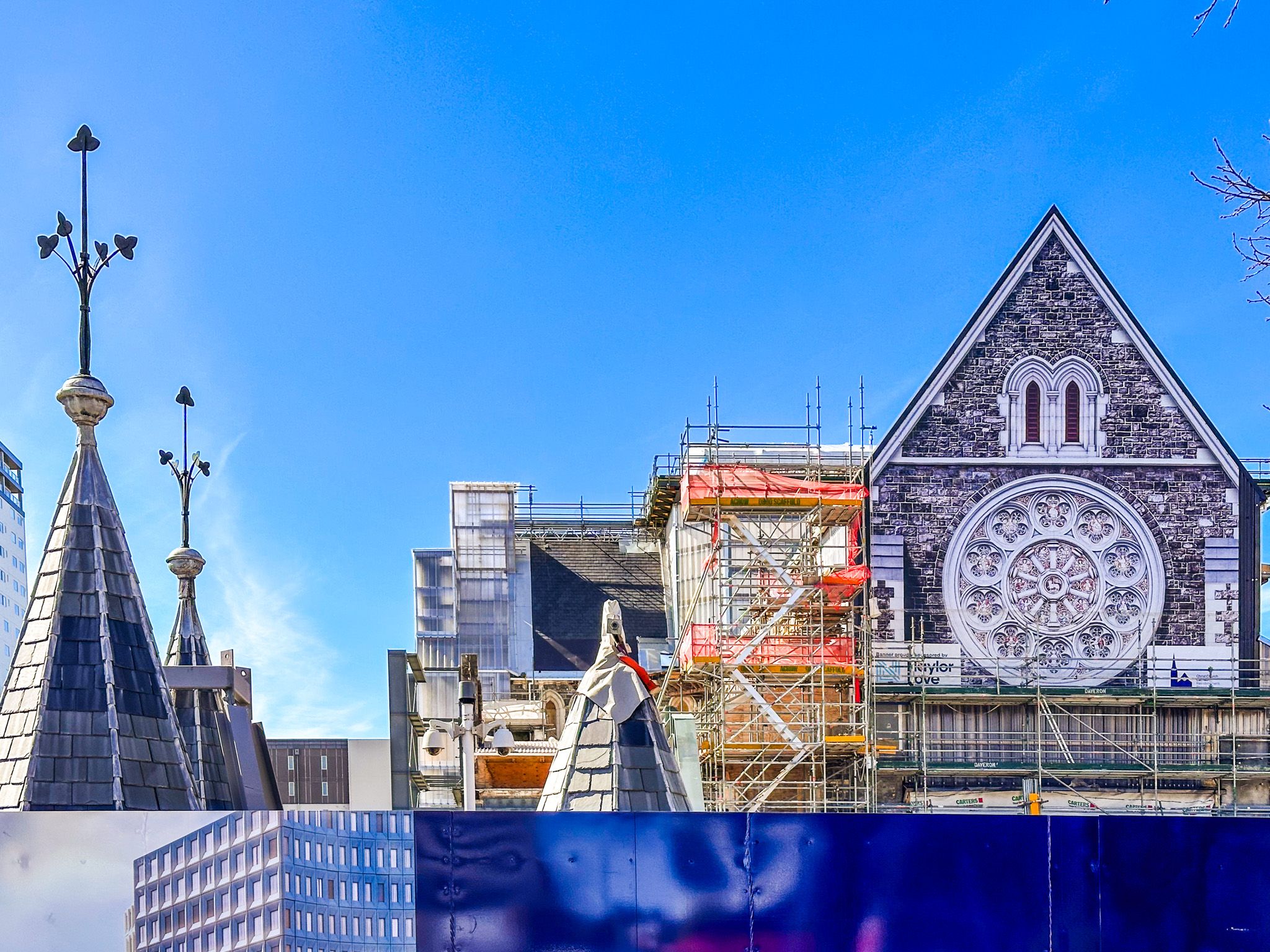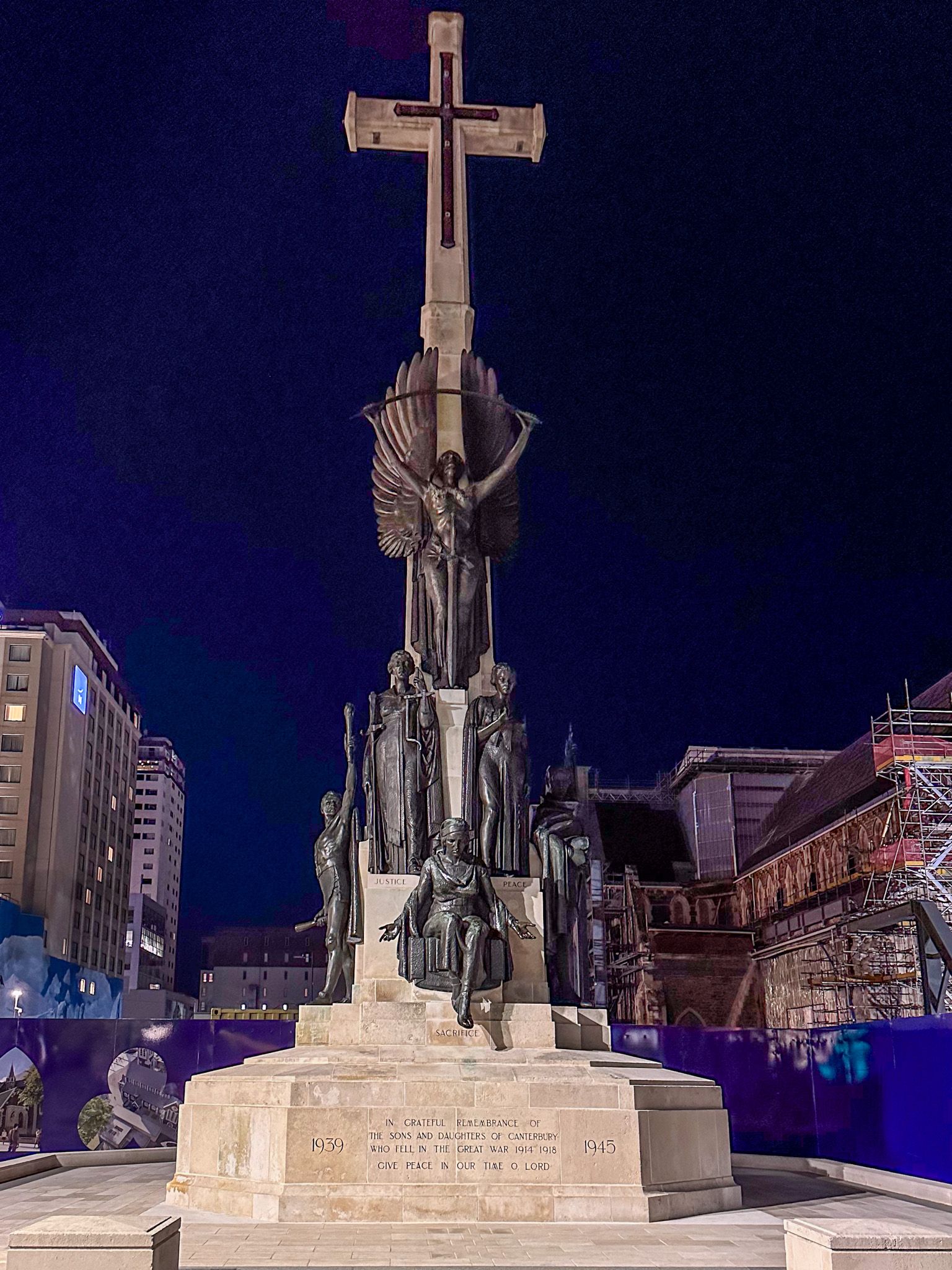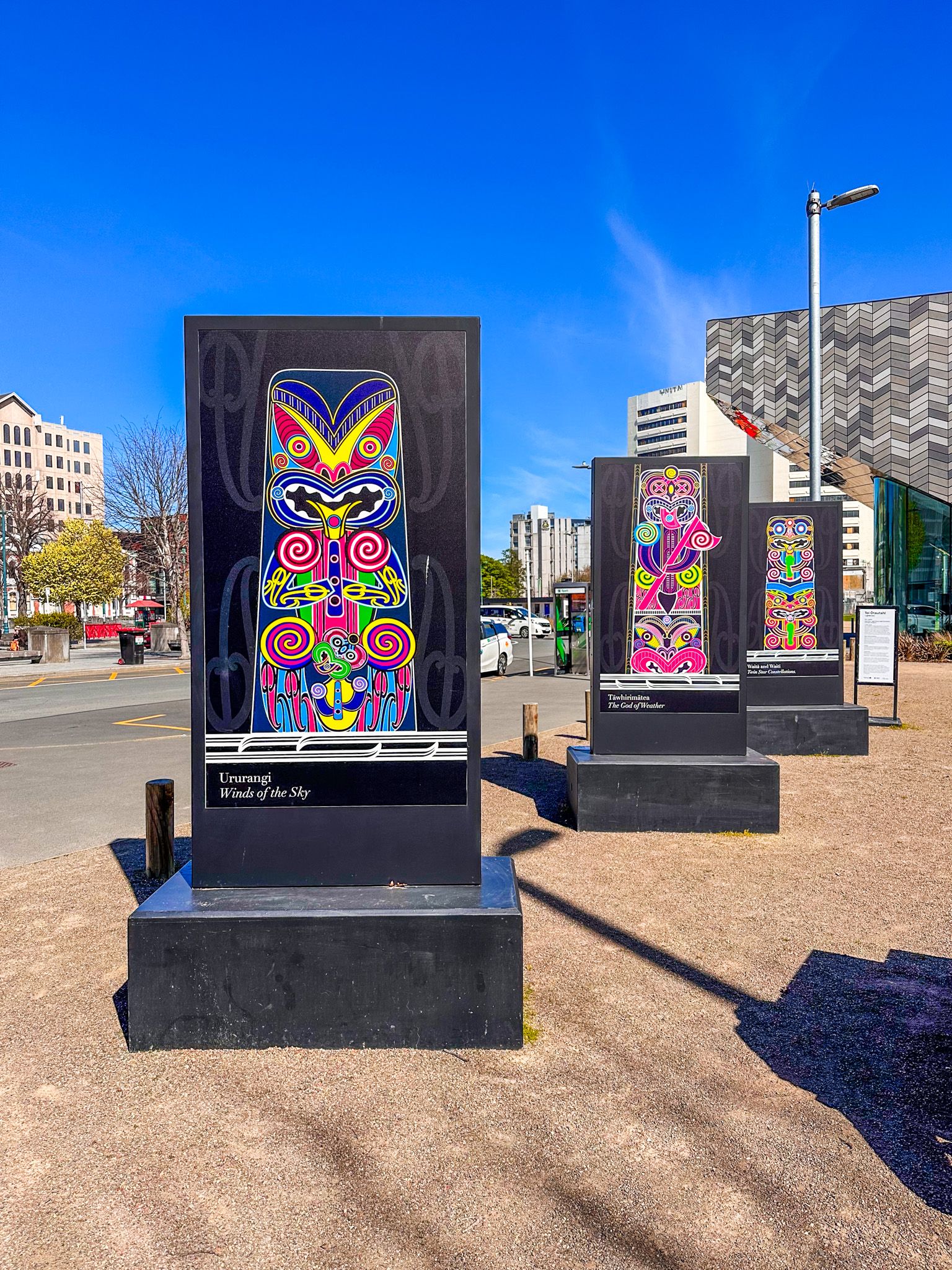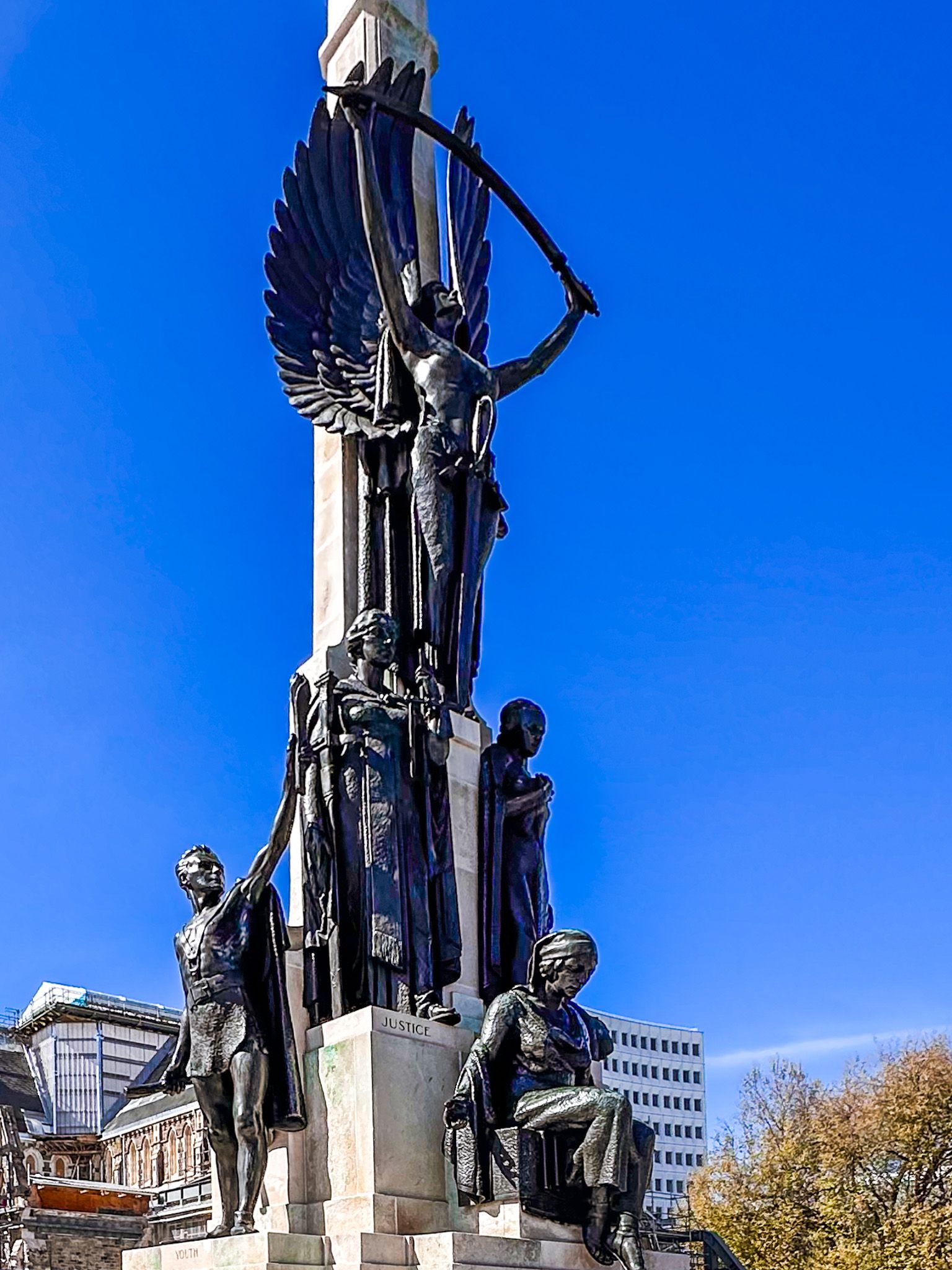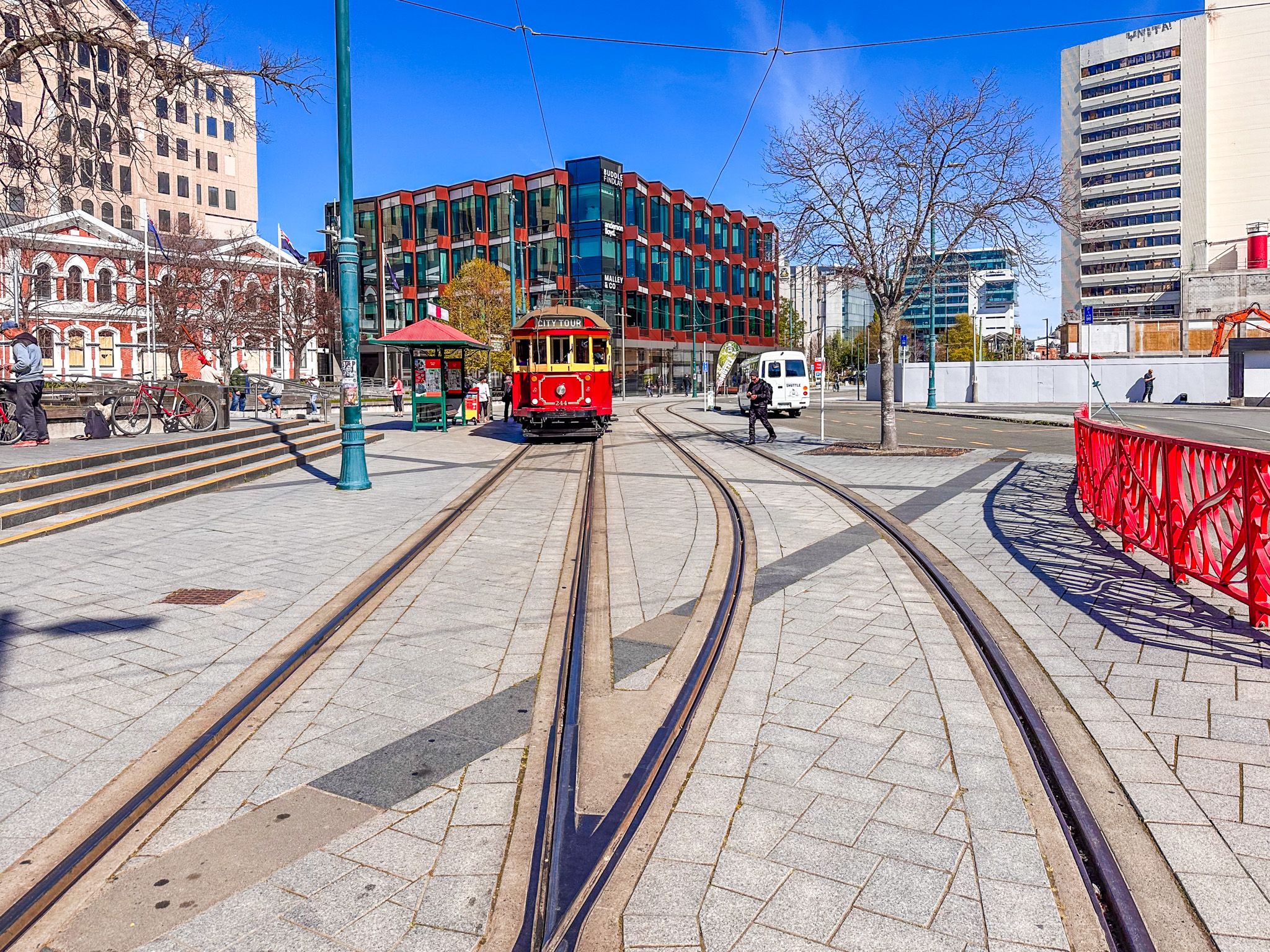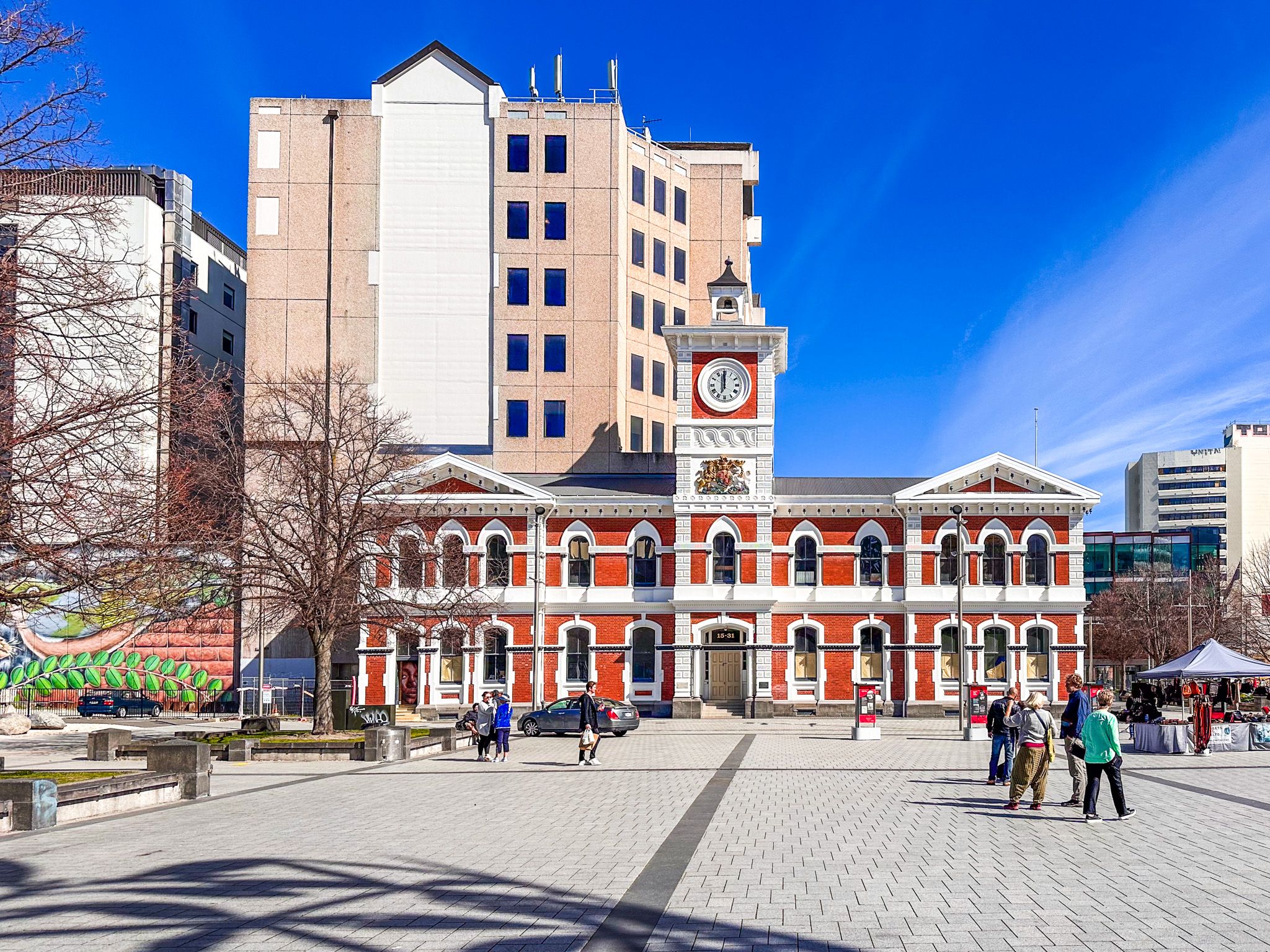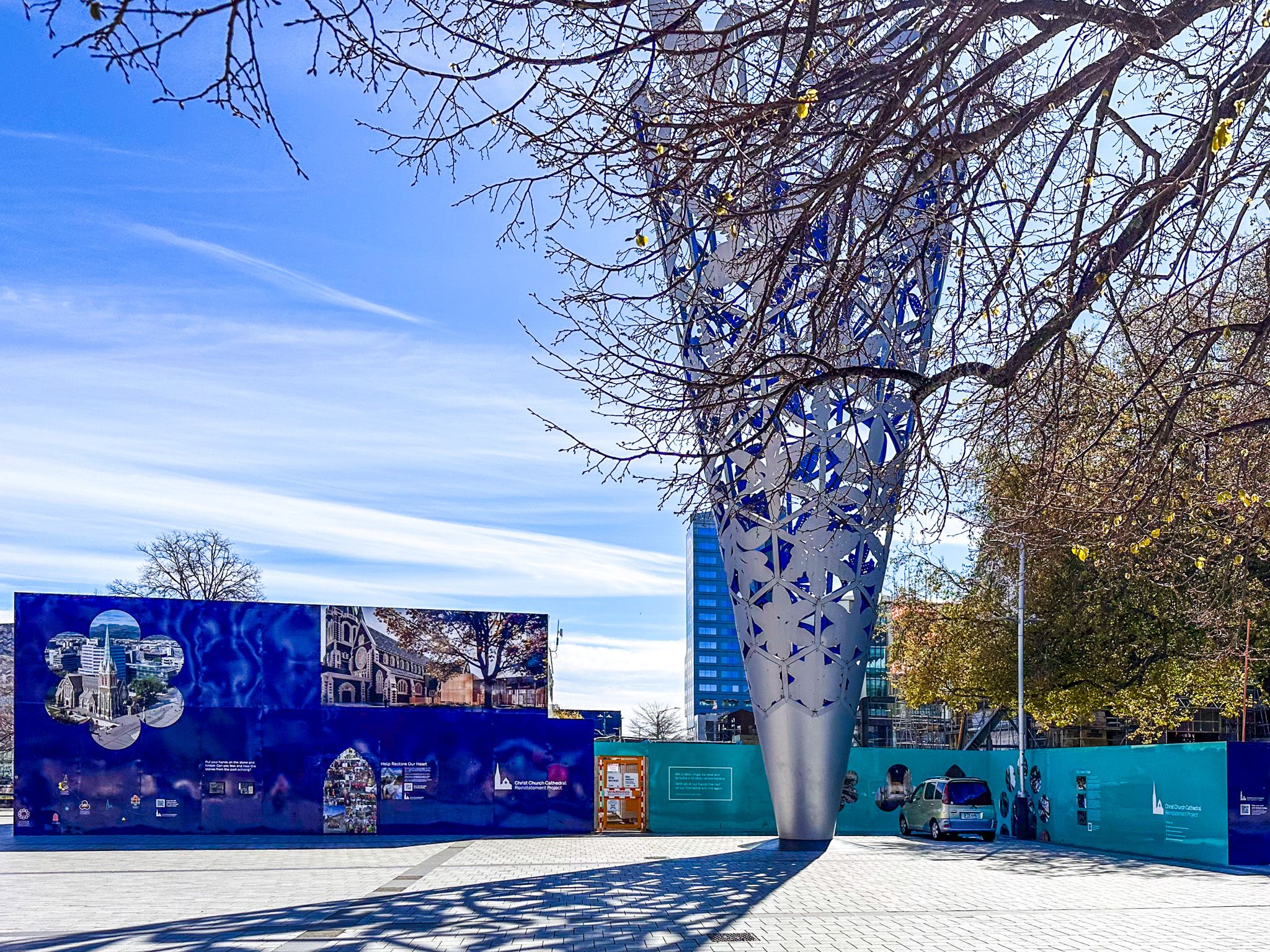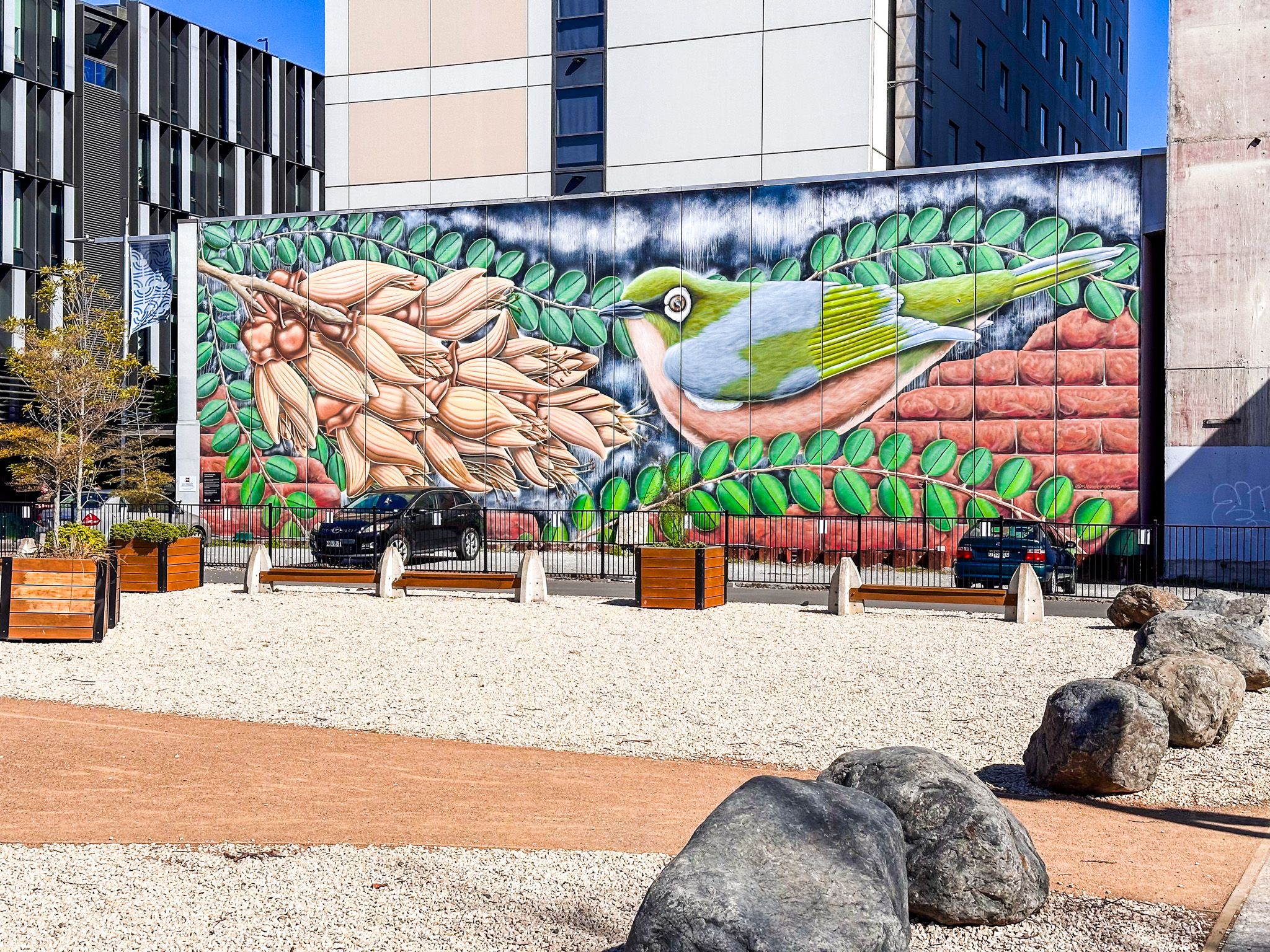Exploring Cathedral Square in Christchurch
Cathedral Square, located in the heart of Christchurch, is a historic and cultural hub. It is home to the iconic ChristChurch Cathedral, a significant landmark for visitors interested in Gothic Revival architecture. The square, intersected by Colombo and Worcester Streets, is uniquely cruciform in shape despite its name suggesting otherwise.
Historical Background and Naming
Originally intended to be named Ridley Square after protestant martyr Nicholas Ridley, the area was designated Cathedral Square in Edward Jollie's plan for central Christchurch. Nearby squares, Cranmer and Latimer, are named after Ridley's fellow martyrs, while Victoria Square honours Queen Victoria. Initially, the square was planned to house Christ's College and the cathedral, but the college was eventually built near the Christchurch Botanic Gardens.
Layout and Surroundings
Cathedral Square is primarily a pedestrian area, though a tram line runs through it. On the north side, you'll find Te Pae, the convention centre, and Turanga, the library. The Spark Building is located on the south side. The southeast corner is dominated by the cathedral, which aligns with Worcester Street, while the historic Post Office building occupies the southwest corner. The west side of the square has vacant spaces awaiting redevelopment following earthquake damage.
Impact of the 2011 Earthquake
The February 2011 Christchurch earthquake caused extensive damage to the square and ChristChurch Cathedral, constructed between 1864 and 1904. Although the square is now accessible, the cathedral is still under repair, surrounded by a fence. Visitors can view the ongoing reconstruction efforts and read about the project on large informational panels.
Notable Features and Memorials
Cathedral Square is home to several significant monuments. The statue of John Godley, unveiled in 1867, was New Zealand's first public statue and honours the city's founder. The Citizens' War Memorial, designed by George Hart and sculptor William Trethewey, was unveiled in 1937. It stands out for its unique design, which includes a cross and romanticised figures, symbolising peace rather than war.
In 2001, the Chalice, a modern sculpture by Neil Dawson, was added to the square. This inverted cone structure features 42 leaf patterns representing various plants and commemorates the millennium.
Artistic Additions and Māori Connections
Post-earthquake repairs have brought new artistic elements to the square and nearby Hereford Street. Notable works include the "Rise from Rubble" mural by Brandon Warrell, depicting a large kōwhai and tauhou (silvereye bird). Other artworks in the area highlight historic Māori connections.
Getting to Cathedral Square
Cathedral Square is easily accessible by foot, car, or public transport in Central Christchurch from Hereford Street. Visit the Square as part of a walk around the city, taking in the Avon River, the Earthquake Memorial, the Art Gallery and Arts Centre, Ravenscar House and Botanic Gardens.
